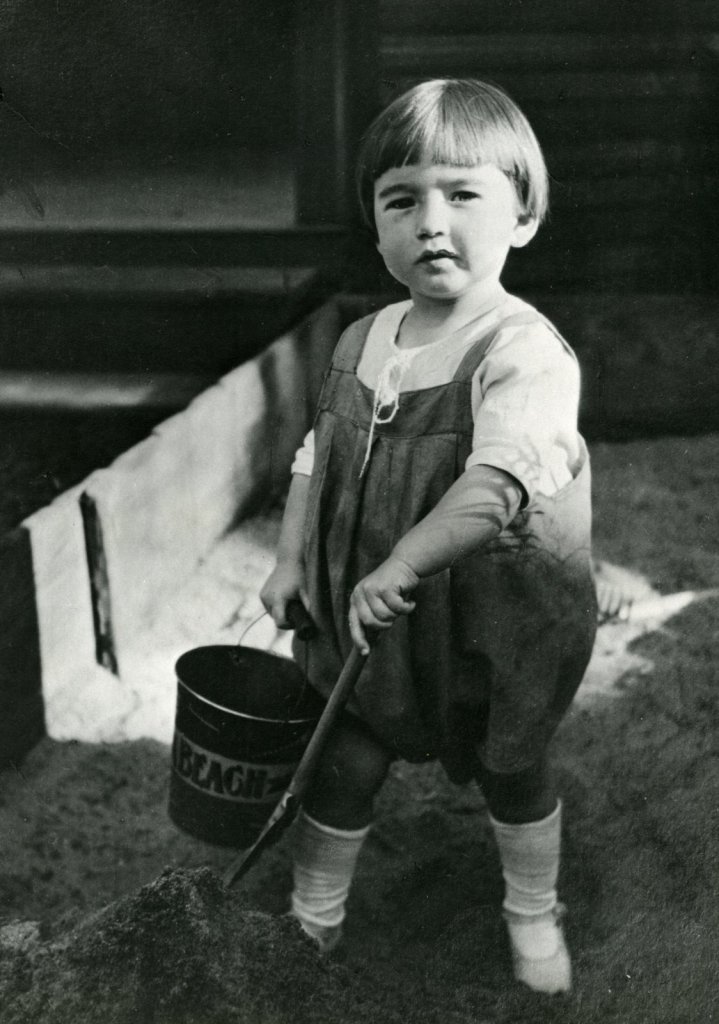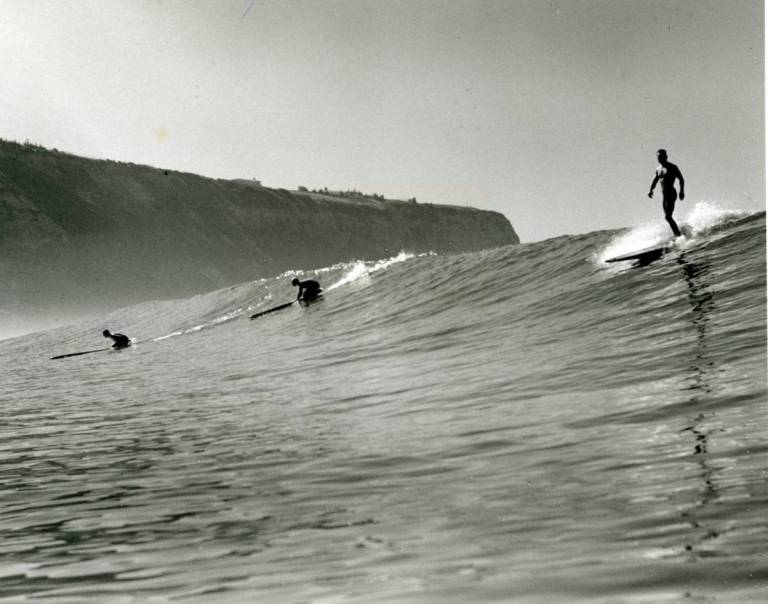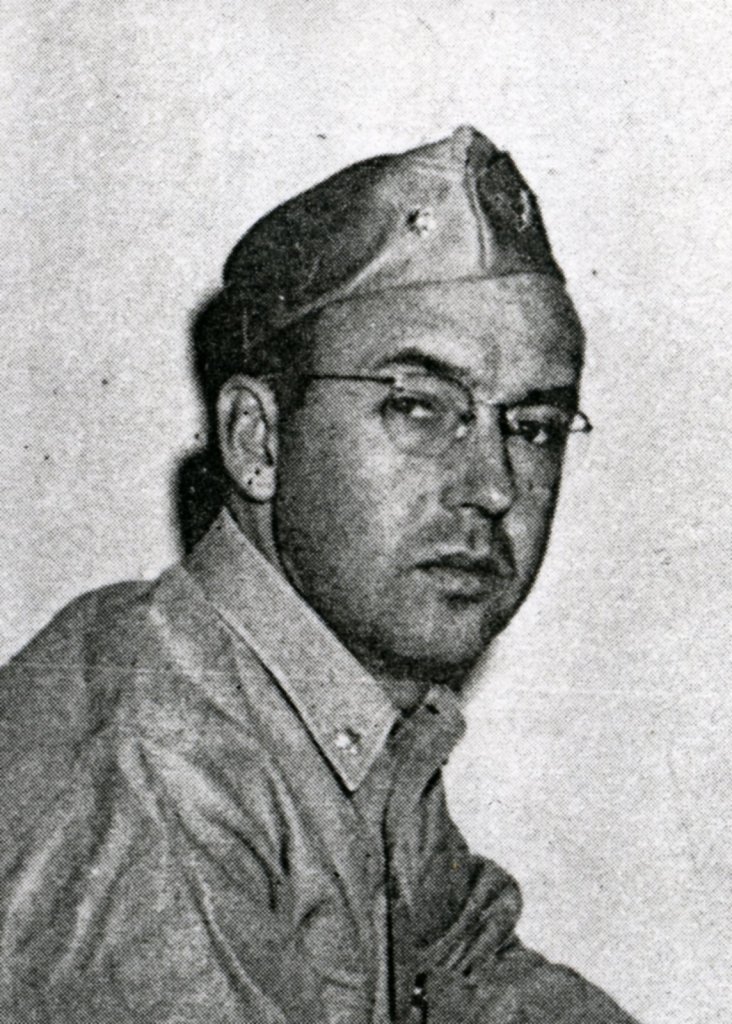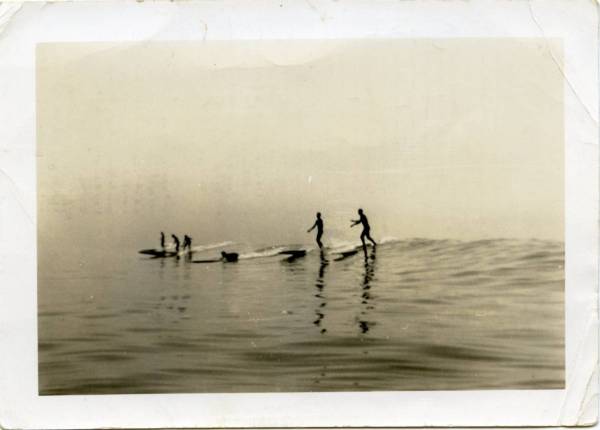THE HISTORY OF SURF WAX
Posted by TYRAN COOPER

Alfred “Al” Gallant Jr. was born in Los Angeles in 1918, nowhere near the ocean, but with an inner compass that led him to the sea and kept him close to it throughout his life. He started surfing at Palos Verdes Cove with Doc Ball and a handful of others in 1935, when America was beginning to come out of the Great Depression. During this time, most young men made their own boards and it was a challenge to have sure footing while riding waves on a smooth-surfaced craft. At some point surfers had discovered they could coat their wooden longboards with a thin layer of sand-infused varnish, which increased traction but also scraped their knees, chest, feet, and thighs. In 1935 a teenage Al applied a small amount of liquid floor wax to the deck of his surfboard, and liked the results.

This is his story, taken from a letter he wrote to Longboard Magazine in April, 1999:
“One night I came home from the Cove and walked across the living room floor and my feet would almost stick on the wooden floors. My mother had waxed the floors with liquid wax. When I left to go to the Cove next morning, I took the bottle of wax and put it on my board. When surfing, my feet just almost stuck on the surfboard. It worked fine.”
“However, when I got home that night my mother was screaming at me. She said, “Where’s the floor wax?” I told her we put it on the surfboards so our feet wouldn’t slip. Then mom said, “Use the stuff we use on the top of the jam jars.”

Doc Ball on a cresting wave at Palos Verdes Cove, 1939. Tom Blake photo

Old-style paraffin wax
“The next day I took the paraffin wax and put it on my longboard and all the other guys surfboards. That’s how it started. We then removed the sand and re-varnished the boards so the sand would be gone and the wax was there.”
“In those days we were kneeling on the boards when paddling out. Our knees would get sore and sometimes bleed. With the wax on the board the bleeding didn’t happen. My knees still show little bumps where the bleeding took place.”
“My surfing buddies were John (Doc) Ball, LeRoy Grannis, Fenton Scholes and Bud Morrissey. Our surf spots included Malibu, Santa Monica, Hermosa Beach, Redondo Beach, Newport Harbor entrance, and San Onofre, among others. The boards in those days weighed about 125 pounds.
“That’s how waxing on the surfboards started.”

Al joined the Navy in 1940 and was serving aboard the USS Pennsylvania in Pearl Harbor when the Japanese launched their attack on December 7, 1941. A career Navy man, he continued to surf whenever he could and raised his daughter and grandchildren to have his passion for the ocean. Later in life he moved back to Oahu and passed away there in 1999.

Al and a pal catching waves at San Onofre, 1938. Doc Ball photo
Today, paraffin is still the main surf wax ingredient, along with beeswax, petroleum-based products, rubber or resin, and plastics for temperature control. Although many manufactures including Ocean and Earth are swapping out oil based ingrediants for cleaner and greener ingredients.
Hard wax is used in warmer waters and soft wax for mild to colder waters.
Ocean and Earth has 4 wax options including tropical wax which is also used as a base coat, warm water wax, cool water wax and cold water wax.
Wax combs are used to remove old wax build-up, or to roughen its surface.
Some other popular wax manufacturers include Sex wax, Mrs Palmers wax, FU wax and Sticky Bumps!


